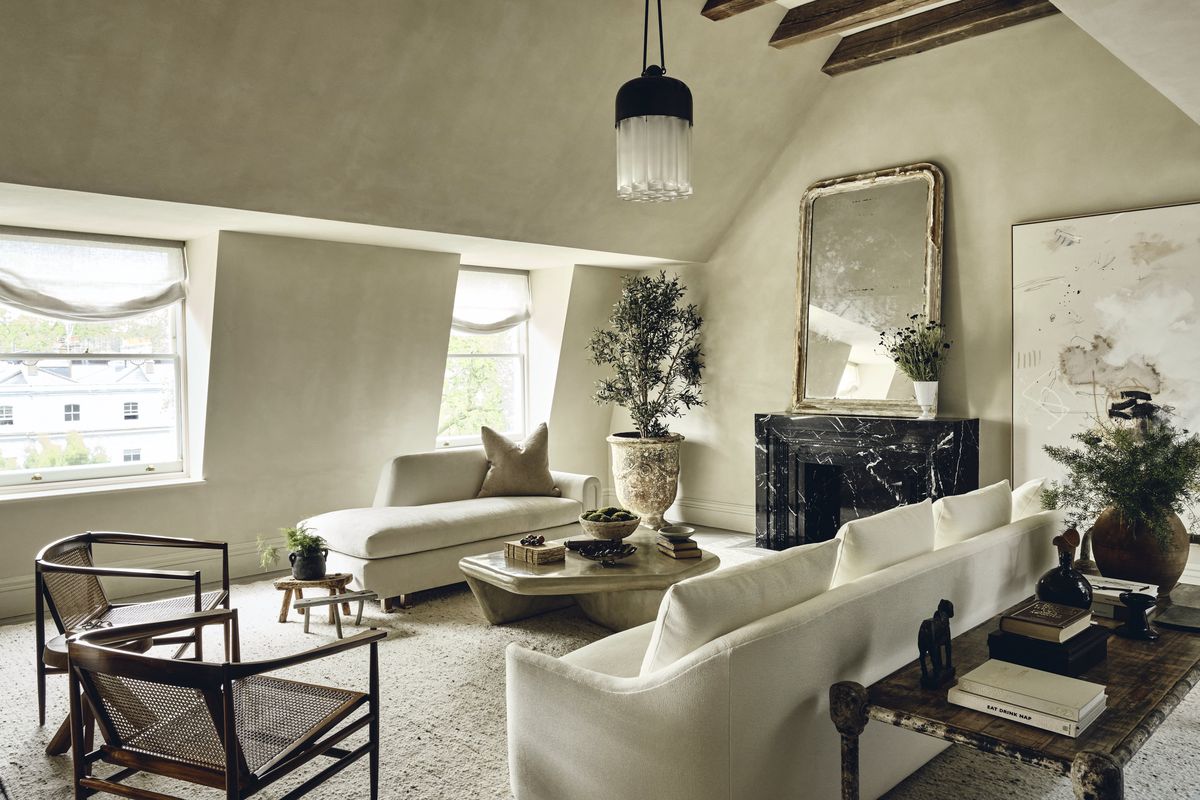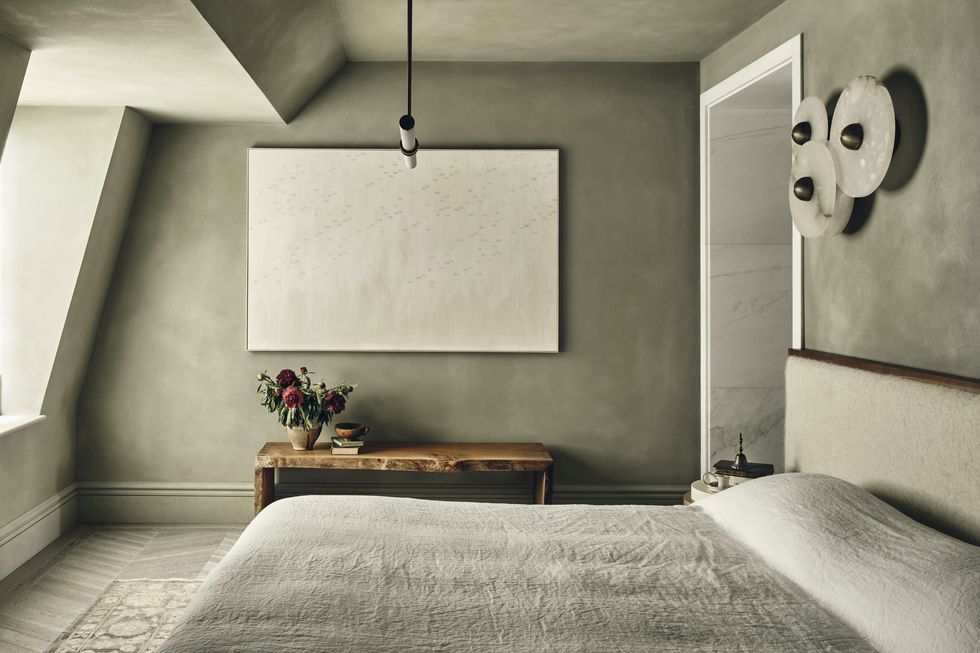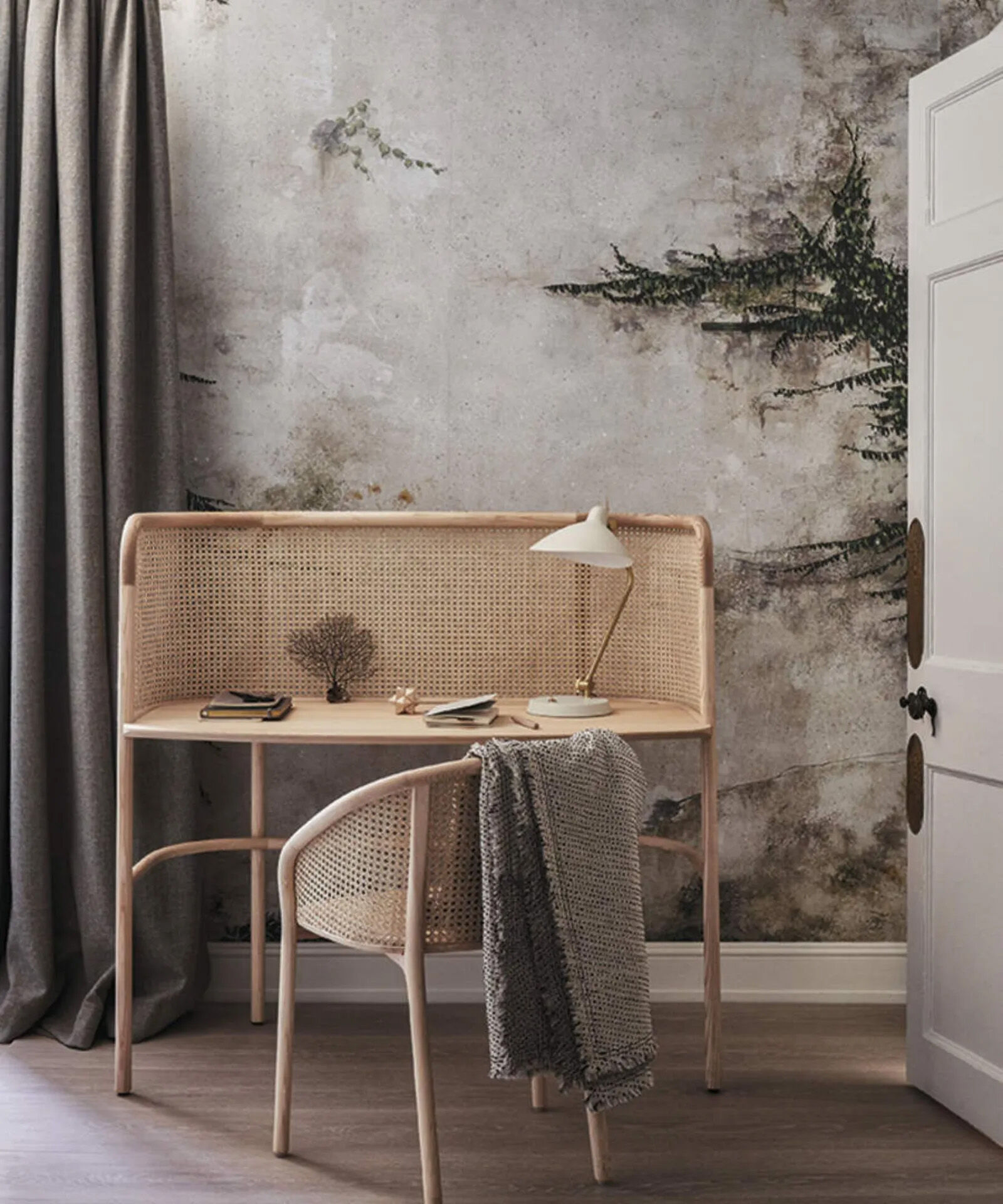If you're attuned to the latest design trends, you're likely acquainted with the concept of "wabi-sabi." More than just a trend, wabi-sabi is a philosophy deeply rooted in the Japanese appreciation of beauty found in imperfection. It celebrates all things natural, recognizing the beauty in the lifecycle of our material surroundings as time flows naturally, without intervention.
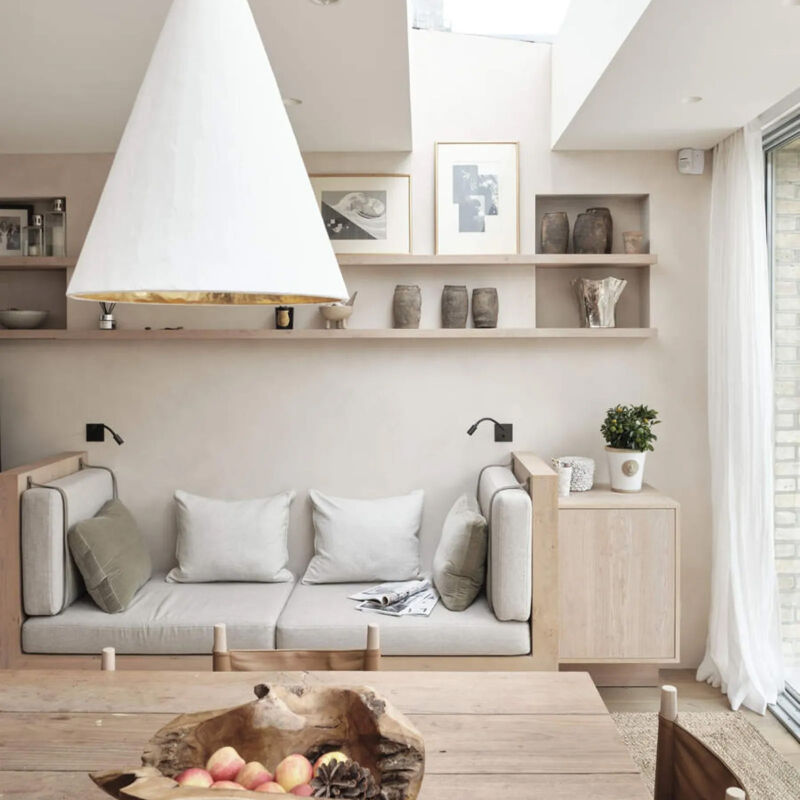
Rooted in mindfulness and quiet acceptance, wabi-sabi finds expression in design through spaces that are restorative and calming, offering a sanctuary from the outside world. Designers attribute the distinctive tranquility of wabi-sabi as a key reason for its widespread popularity in interior design.
Peter Spalding, co-founder of Daniel House Club, foresees an increasing presence of wabi-sabi in 2024, “we’re going to be seeing a lot more of [wabi-sabi] in 2024—with so many challenges facing the world right now, [it] creates a very comfortable environment from which to process the news and understand that nothing is perfect, nothing lasts forever, and nothing is ever finished.’”
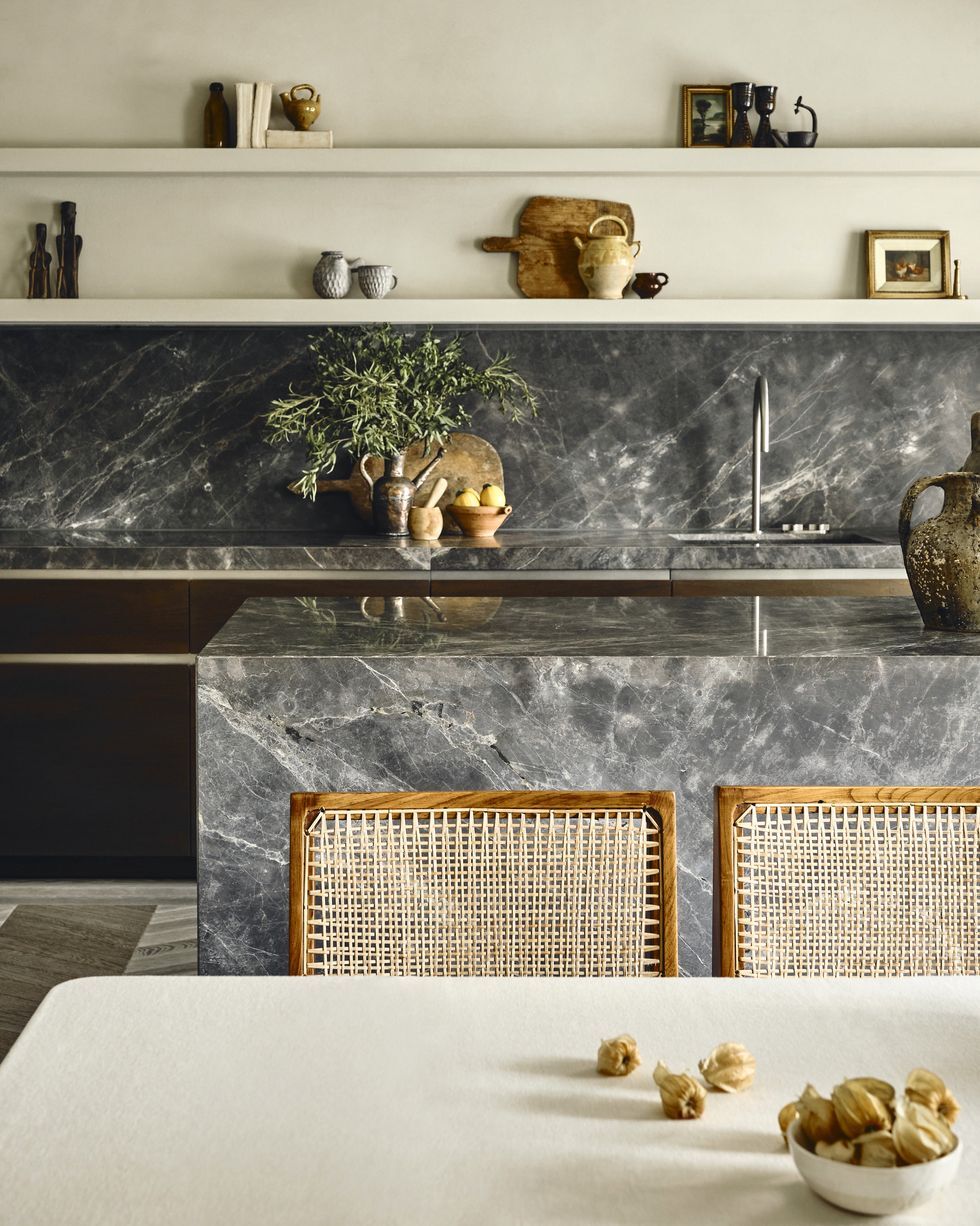
Wabi-sabi interiors share common design elements, featuring soft, neutral tones like browns, creams, and mellow greens. The palette sets the stage for the use of natural materials, a fundamental aspect of wabi-sabi design. Incorporating wood, stone, and clay in the form of furniture pieces or décor items adds organic texture to the space. Another cornerstone of wabi-sabi design is the incorporation of the outdoors, achieved through integrating potted plants or maximizing access to natural sunlight. As Melissa Read, creative director at Studio Brentwood, suggests, “when designing a wabi-sabi-inspired space, it is important to use a paired back color palette inspired by nature…use natural and raw materials for a warm and authentic feel.’”
Another cornerstone of wabi-sabi design is the incorporation of the outdoors, achieved through integrating potted plants or maximizing access to natural sunlight. As Melissa Read, creative director at Studio Brentwood, suggests, “when designing a wabi-sabi-inspired space, it is important to use a paired back color palette inspired by nature…use natural and raw materials for a warm and authentic feel.’”
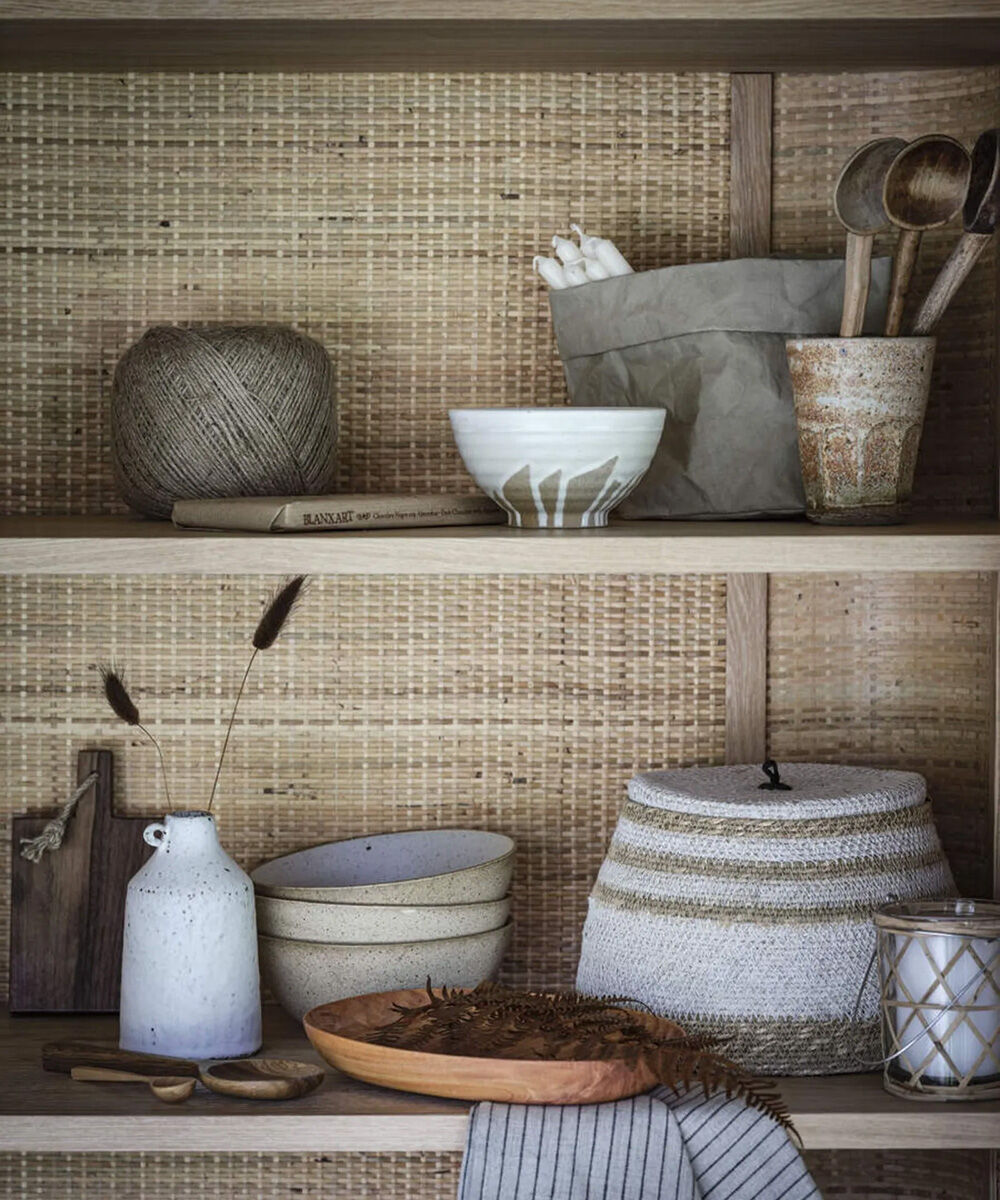
Wabi-sabi interiors have been enjoying increasingly high-profile attention. Elle Decoration highlighted a wabi-sabi-inspired penthouse in London, designed by Edoardo Mapelli Mazzi, founder of Banda interior design firm and husband to Princess Beatrice of York. This apartment serves as an ideal showcase of wabi-sabi design principles, boasting a color palette of olive green, creamy whites, and earthy browns. Double-height ceilings accentuate the abundant natural light flowing in from spacious windows.
Natural materials such as wood flooring, furniture pieces, massive marble countertops, and clay plaster walls come together to create a tranquil and restorative ambiance. According to Mazzi, “you can see the maker’s fingerprints in the pendant light above the dining table… You can see where [the kitchen chairs] were used in schools and universities. They have dents and markings. It’s the same with the marble we’ve used throughout the space, it’s telling the story of hundreds and thousands of years.’”
To inspire your projects, we've curated a collection of wabi-sabi tones. Take a look for some inspiration on how to incorporate this mindful, soothing design concept into your next project.
To complement these sustainable designs, we've curated a collection of our favorite nature-inspired shades, celebrating the inherent beauty of sustainability.













